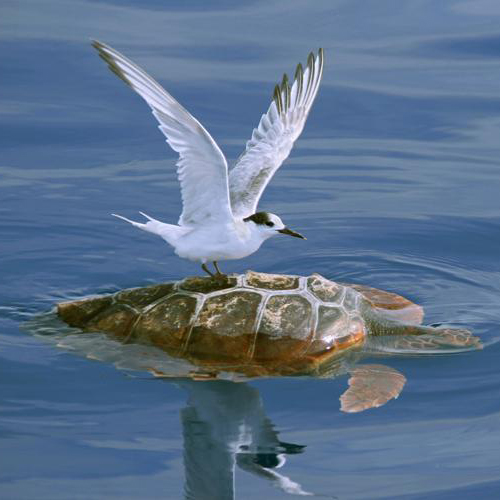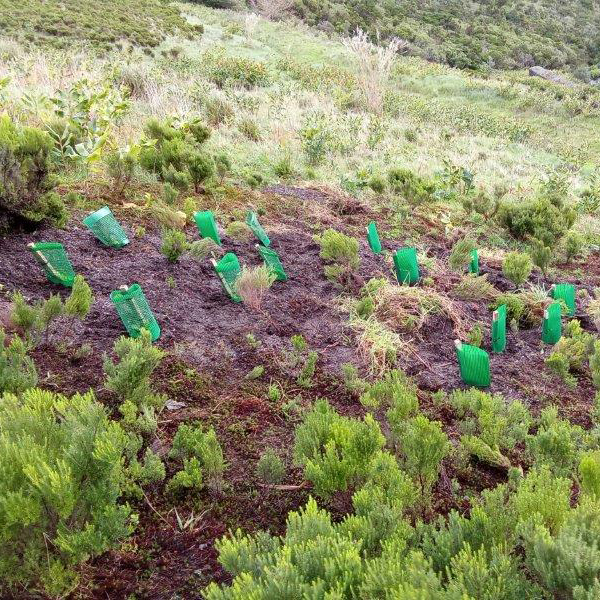Among the various migratory birds that occur in the Azores, the LIFE IP AZORES NATURA project chose the tern (𝘚𝘵𝘦𝘳𝘯𝘢 spp.) to highlight this day that is celebrated twice a year, on the second Saturday of May and October. Currently, nest on the Archipelago the Common Tern (𝘚𝘵𝘦𝘳𝘯𝘢 𝘩𝘪𝘳𝘶𝘯𝘥𝘰), the Roseate Tern (𝘚𝘵𝘦𝘳𝘯𝘢 𝘥𝘰𝘶𝘨𝘢𝘭𝘭𝘪) and the Sooty Tern (𝘖𝘯𝘺𝘤𝘩𝘰𝘱𝘳𝘪𝘰𝘯 𝘧𝘶𝘴𝘤𝘢𝘵𝘶𝘴).
These birds occur in the Region since 1561, as Gaspar Frutuoso mentioned in his book As Saudades da Terra, of the same year, its presence on Faial, Pico, Terceira and Santa Maria. Regarding each subspecies, the Common Tern was registered in 1860 as a species that occurs in the Azores and, currently, nests on all the islands. The first reference to the Roseate Tern was in 1865, with the recording of six birds in flight on Faial. In 1960, a couple of ornithologists mentioned that the Region is one of the main nesting sites of the North-East Atlantic. Lastly, the nesting of the Sooty Tern is surprising, given that the nearest nesting site is São Tomé and Príncipe. Its presence has been known since 1903, and in recent years the birds (1 – 2 couples) have chosen the Ilhéu da Praia (islet) to nest.
The terns arrive at the beginning of April and leave at the end of summer. The Roseate Terns traditionally migrate to the coast of Africa (from Ghana to the Ivory Coast) and the Common Terns to the coasts of Brazil and Argentina.
The LIFE IP AZORES NATURA promotes the conservation of these and other seabird species present on the Birds Directive through the conservation action C6 – Implementation of integrated conservation works for Seabirds –, for example, through the installation of bird callers and shelters for terns on the Region’s islets.
With the financial support of the LIFE Programme of the European Union.
RN 2000













